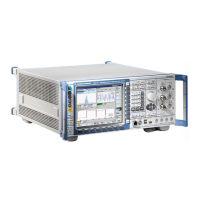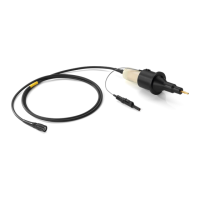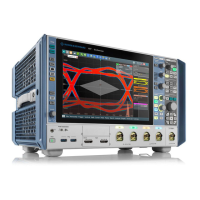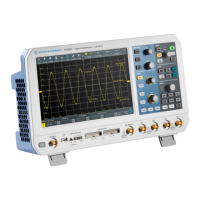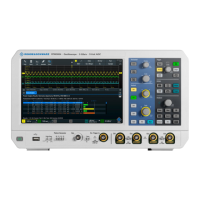CMU Reset of Instrument Settings (RESET Key)
1100.4903.12 4.3 E-10
Reset of Instrument Settings (RESET Key)
The popup window Reset sets the instrument settings in all or some function groups and test modes to
their default values. It is opened via the RESET key (CONTROL keypad).
Note: A reset of the instrument does not necessarily mean that the current instrument settings
are lost. The CMU can store the settings in a configuration file and re-use them in a later
session; see section Saving Configurations (Data – Save) on p. 4.22 ff..
RESET
Fig. 4-3 Popup window Reset
Selection of the
settings
All function groups and test modes available on the instrument are arranged in a
tree view. When the popup is opened, this configuration tree is expanded and the
active function group and test mode is selected.
Nodes containing subnodes (e.g. function groups containing the test modes Non
Signalling and Signalling) are marked with rectangular symbols, lowest-level nodes
(e.g. the individual test modes within a function group) with smaller, quadratic
symbols:
The node is deselected
The node is partially selected, i.e. some but not all of the
subnodes are selected
The entire node is selected, i.e. all of the subnodes are selected
The controls in the Reset window are manipulated with the roll-key, the cursor keys
and the ENTER key:
Toggle between the Cancel and the Reset buttons
Toggle between the control buttons (Cancel, Reset) and the tree
view
Roll-key Toggles between the Cancel and the Reset buttons (when
turned) or activates a button (when pressed). In the tree view,
the roll-key moves the control frame up and down (when turned)
or expands/compresses a node (when pressed). Pressing the
roll-key on a lowest-level node selects or deselects the node.
ENTER Activates a button or selects/deselects a node including all
subnodes.
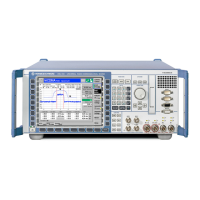
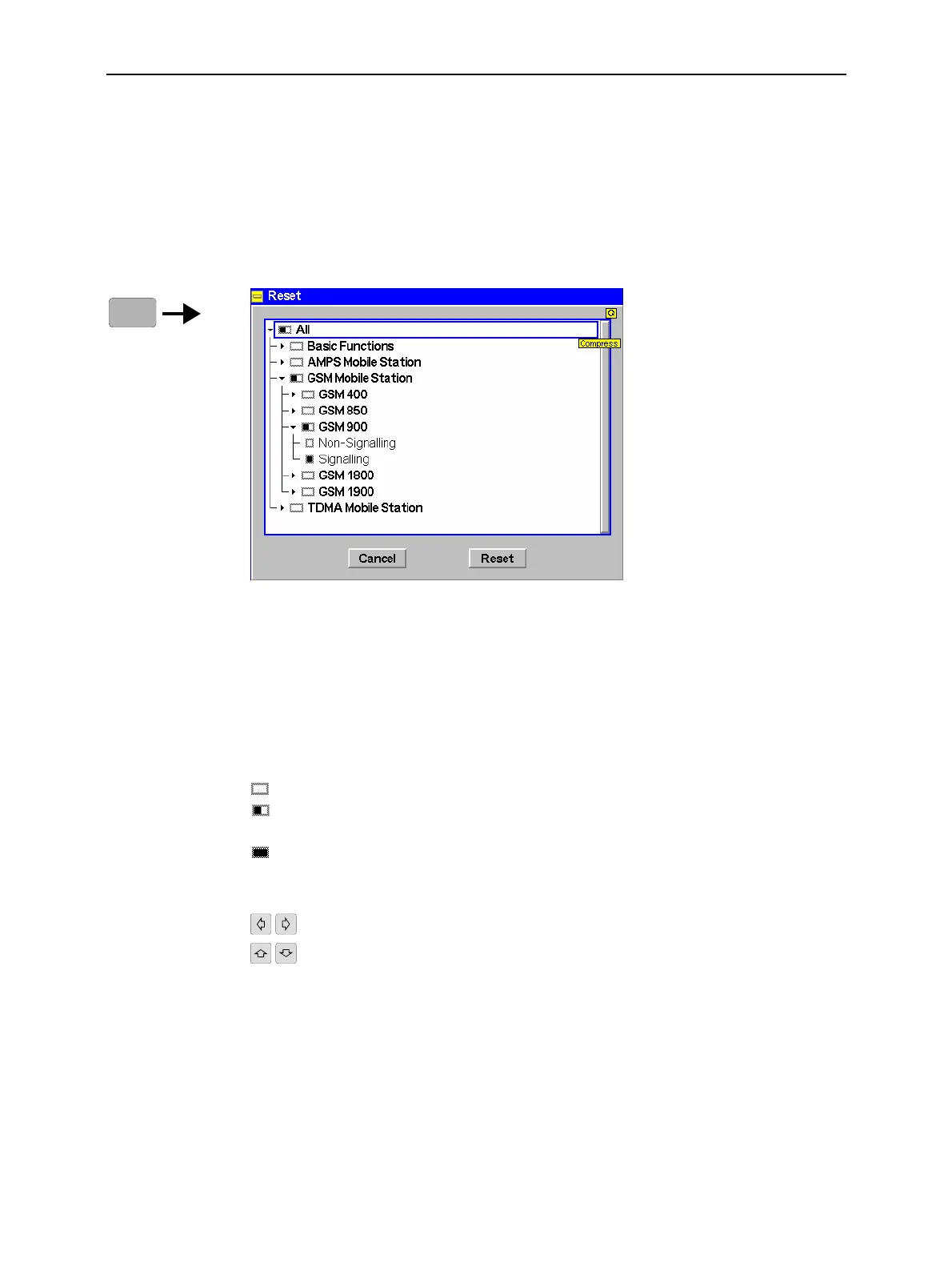